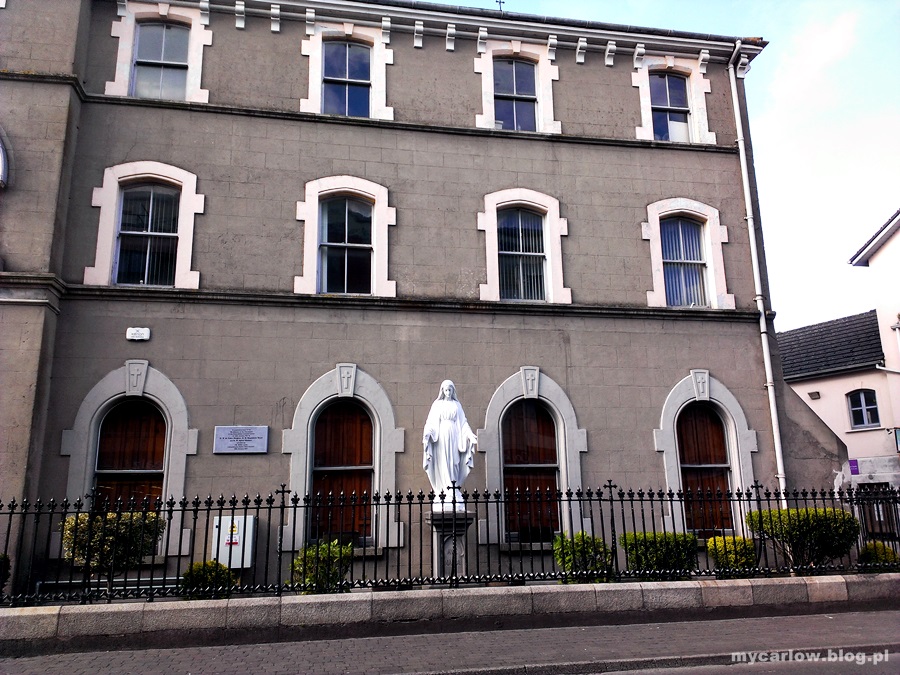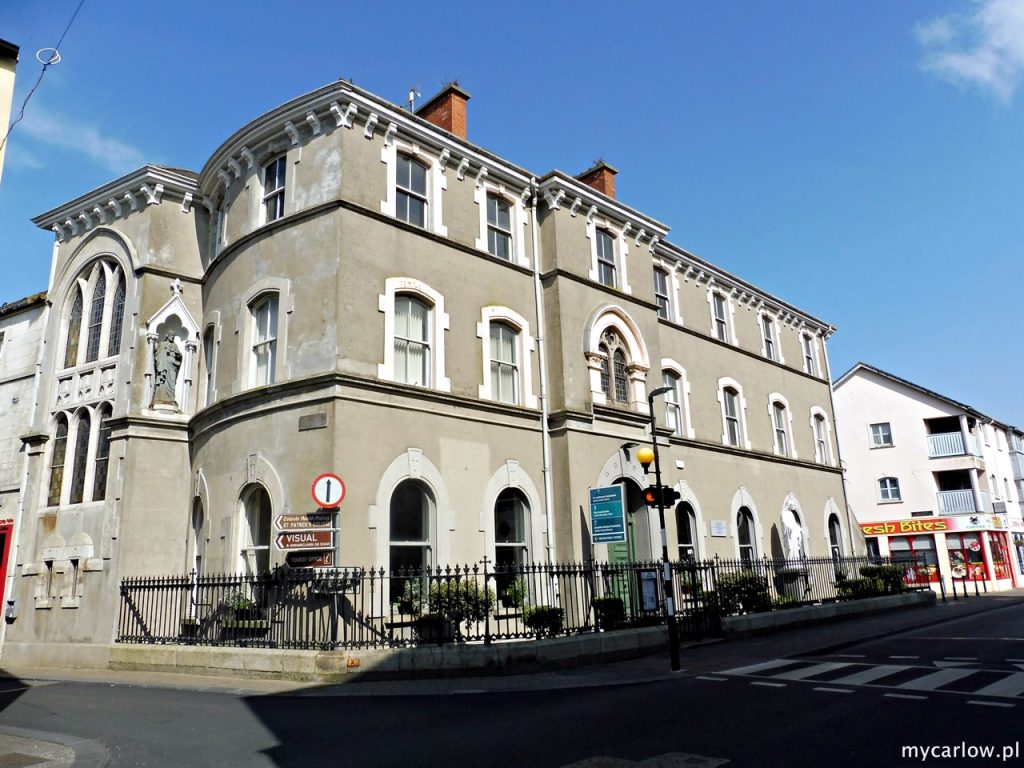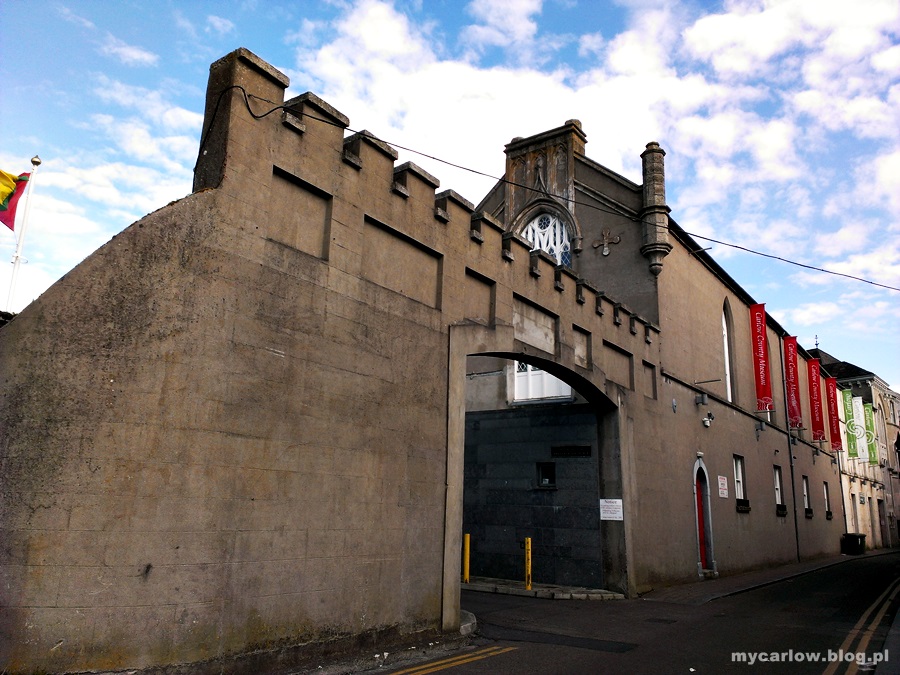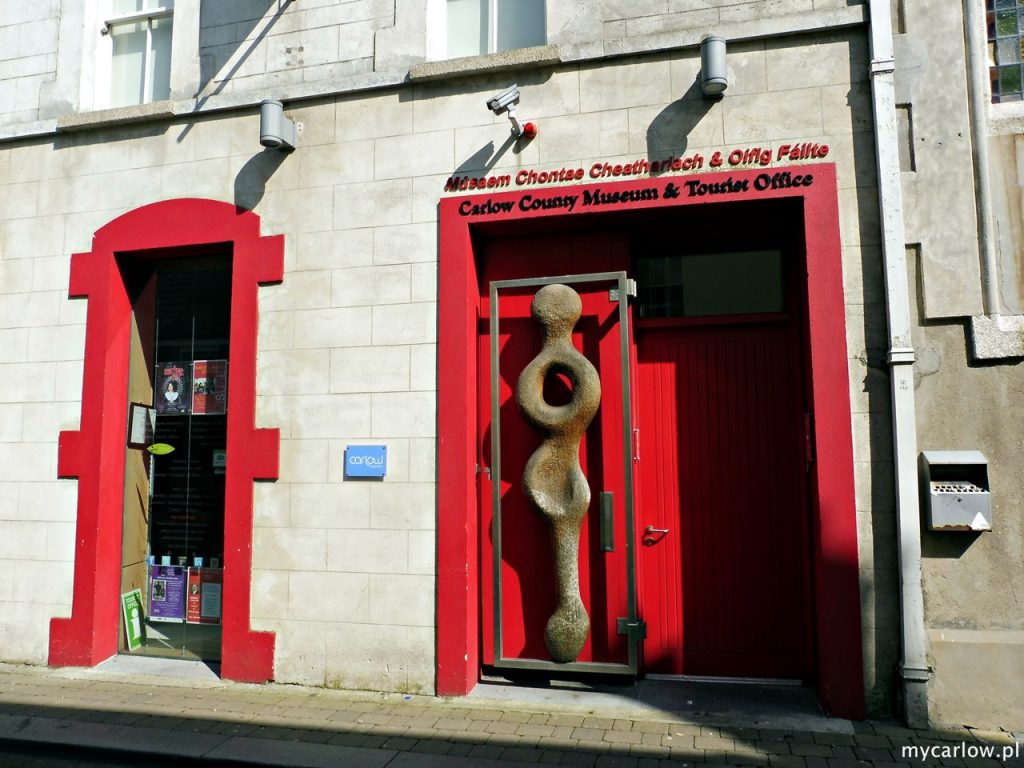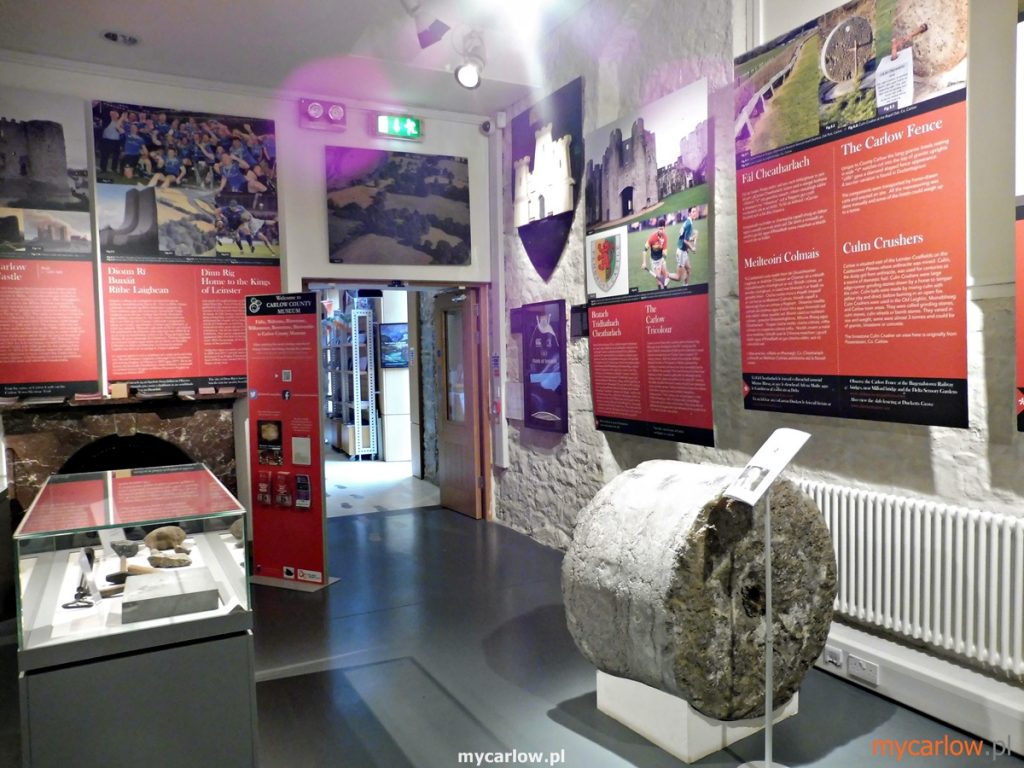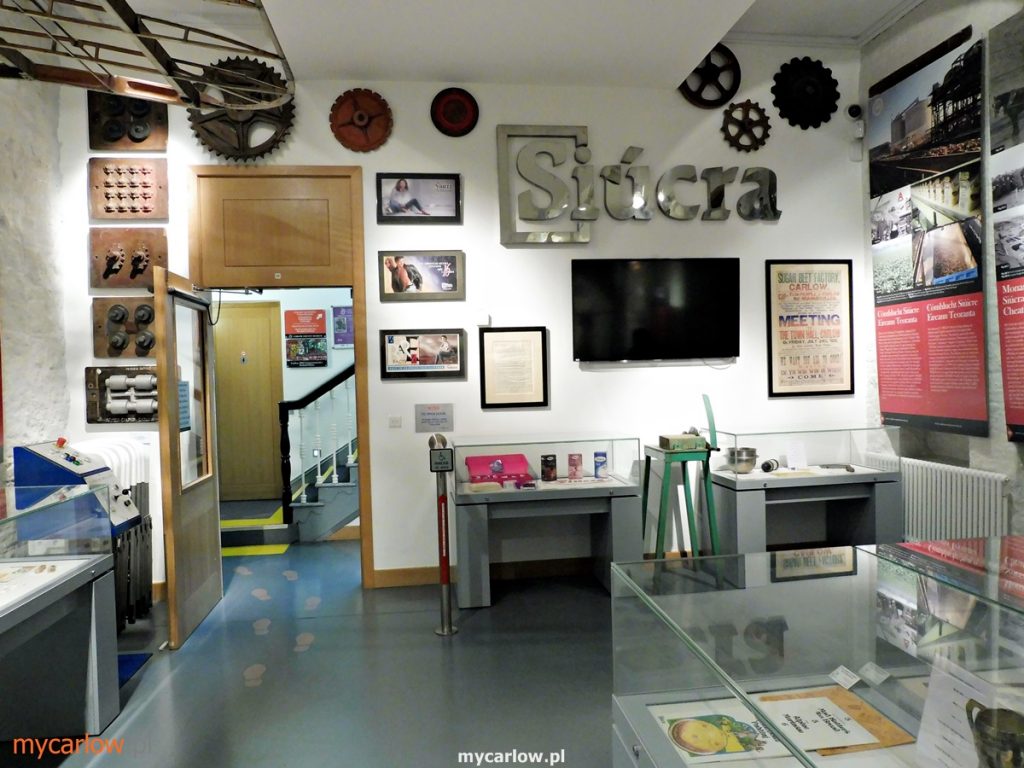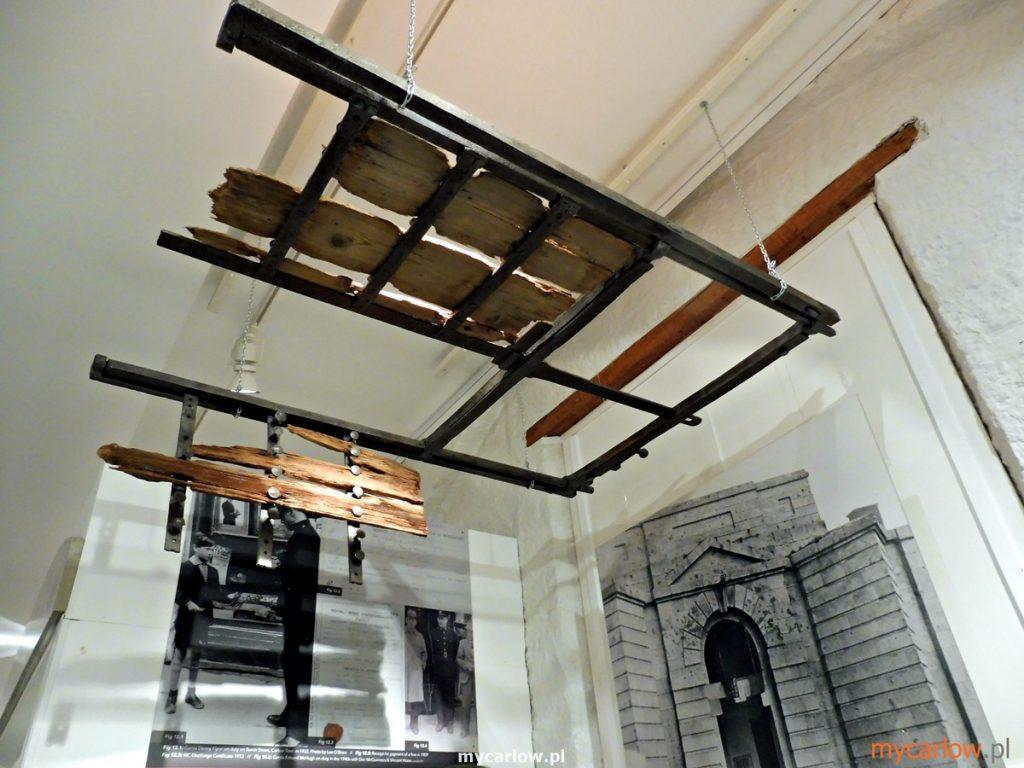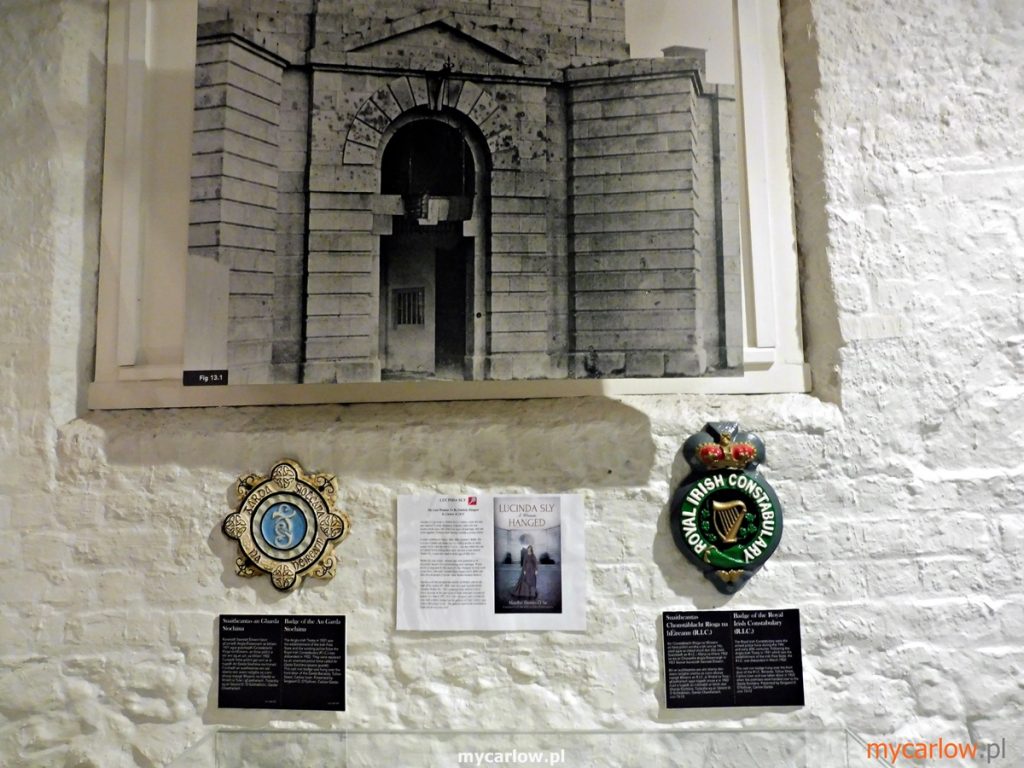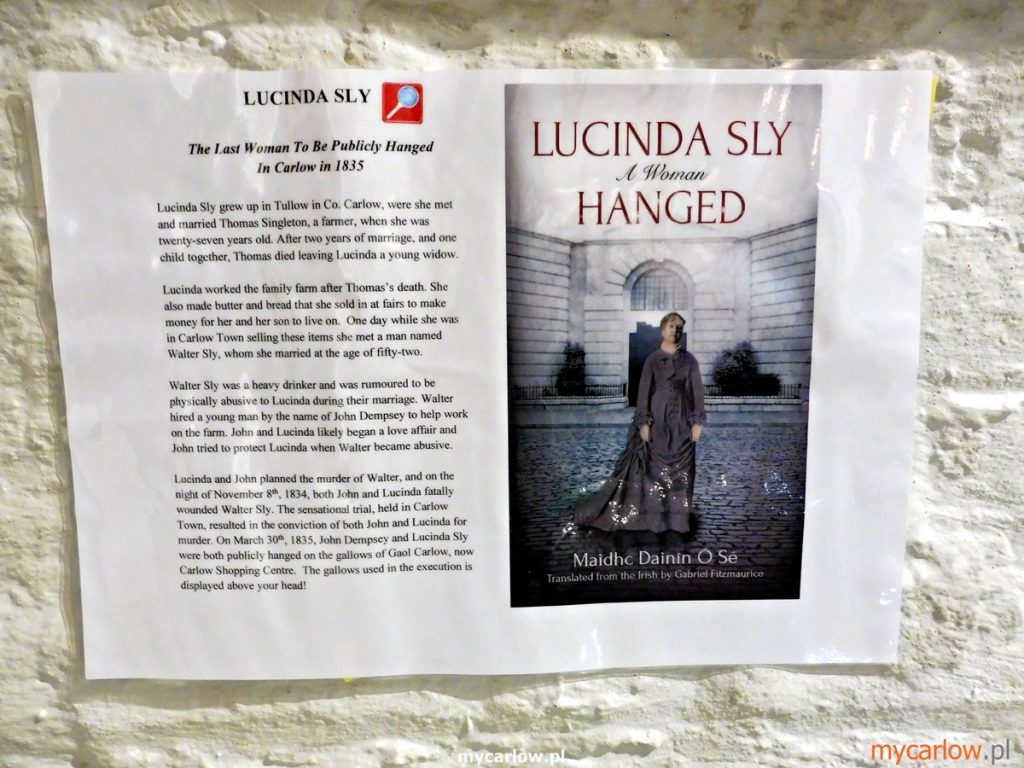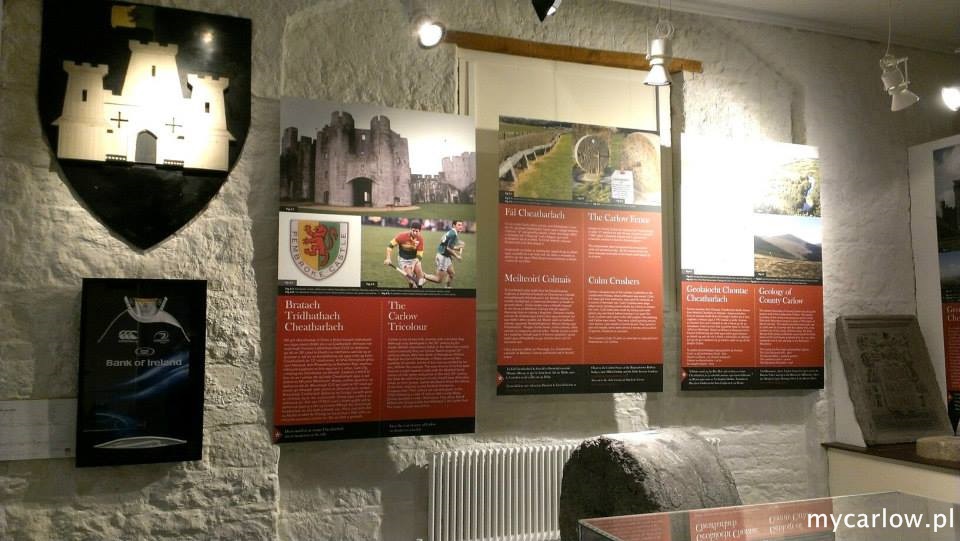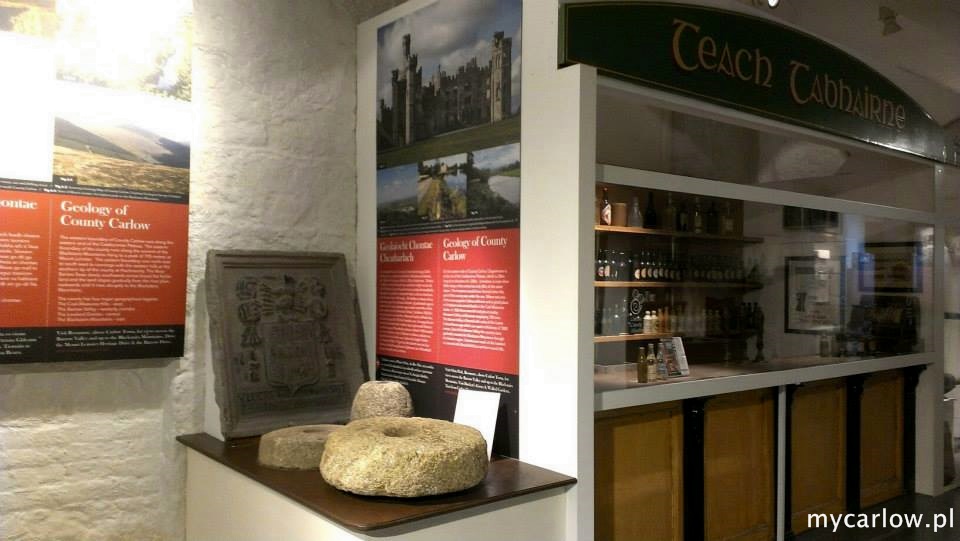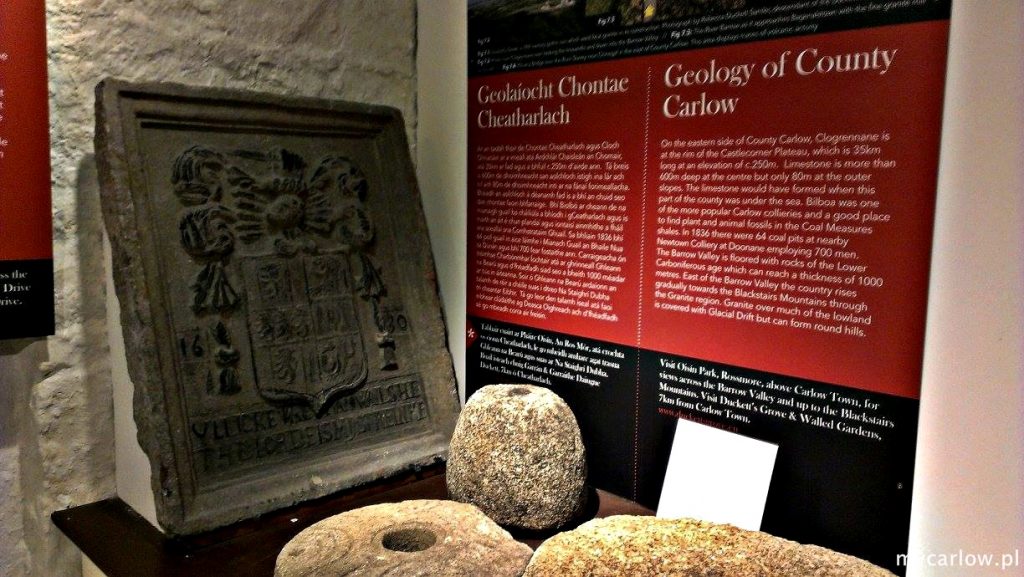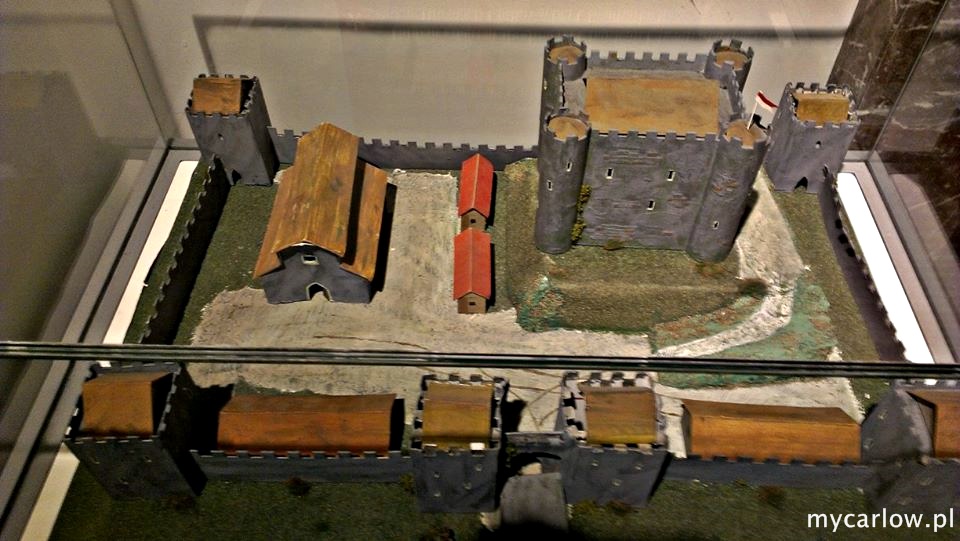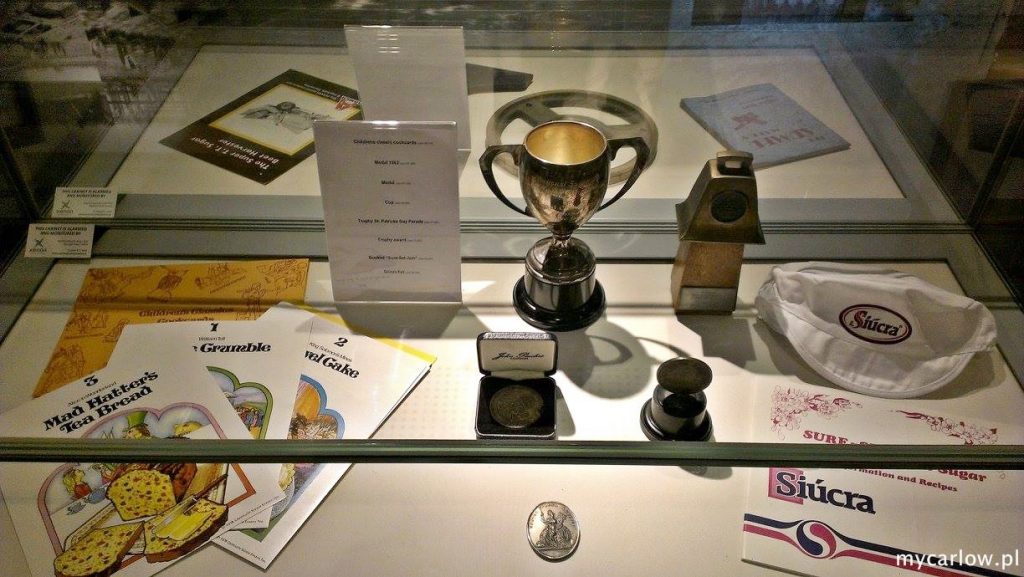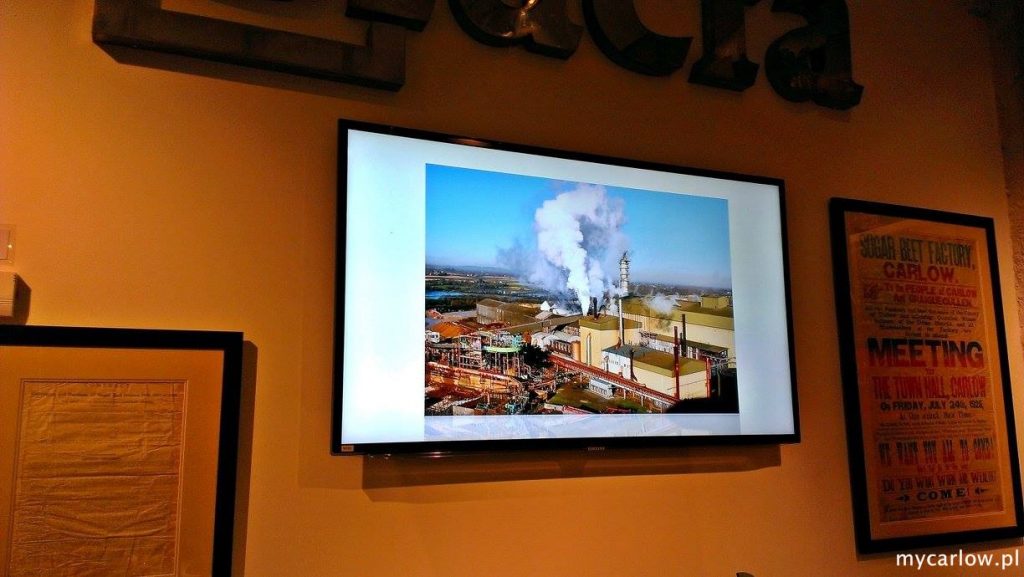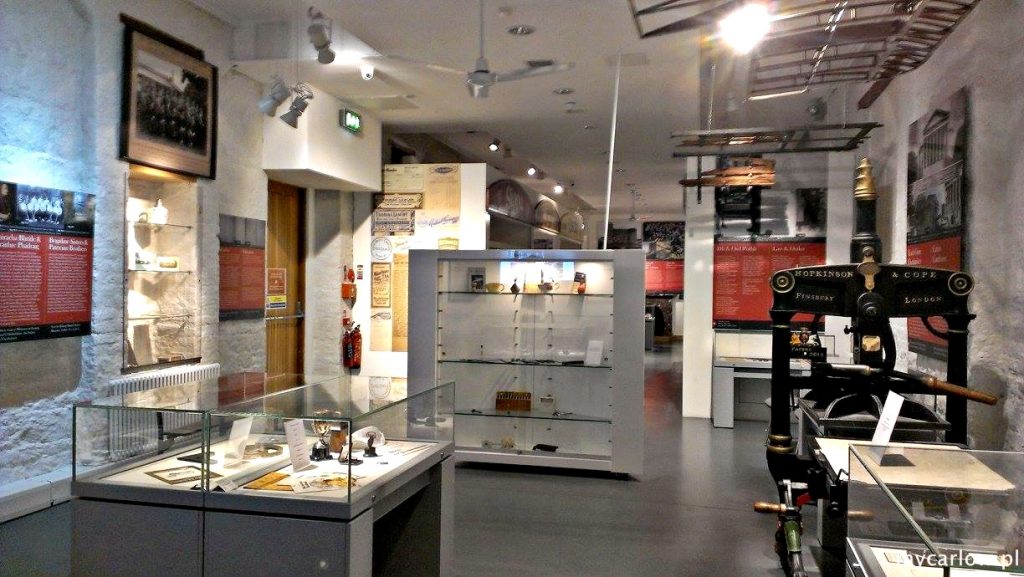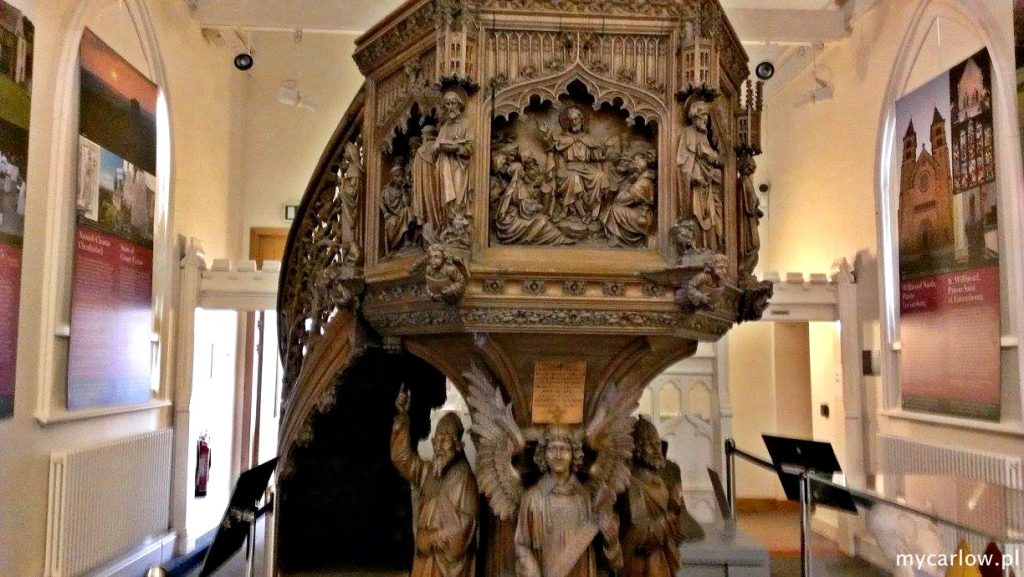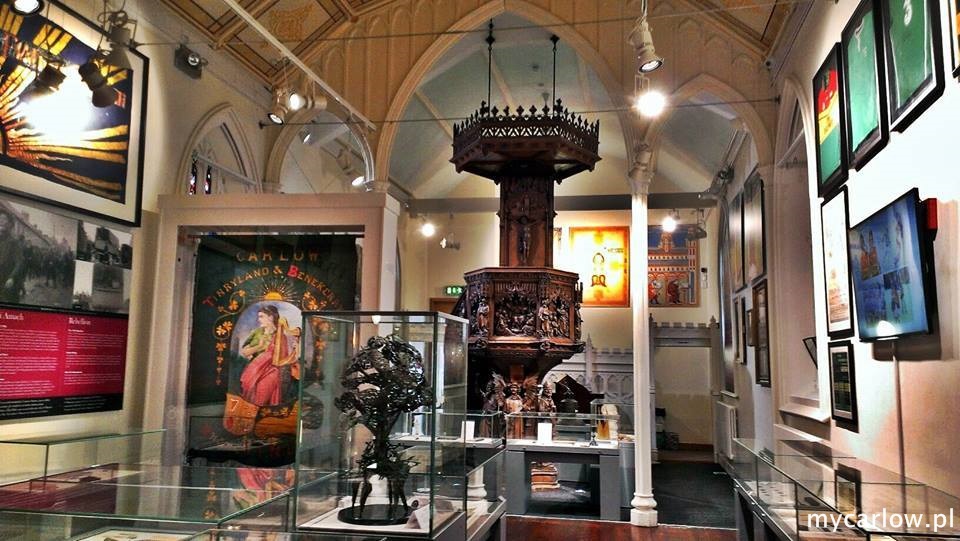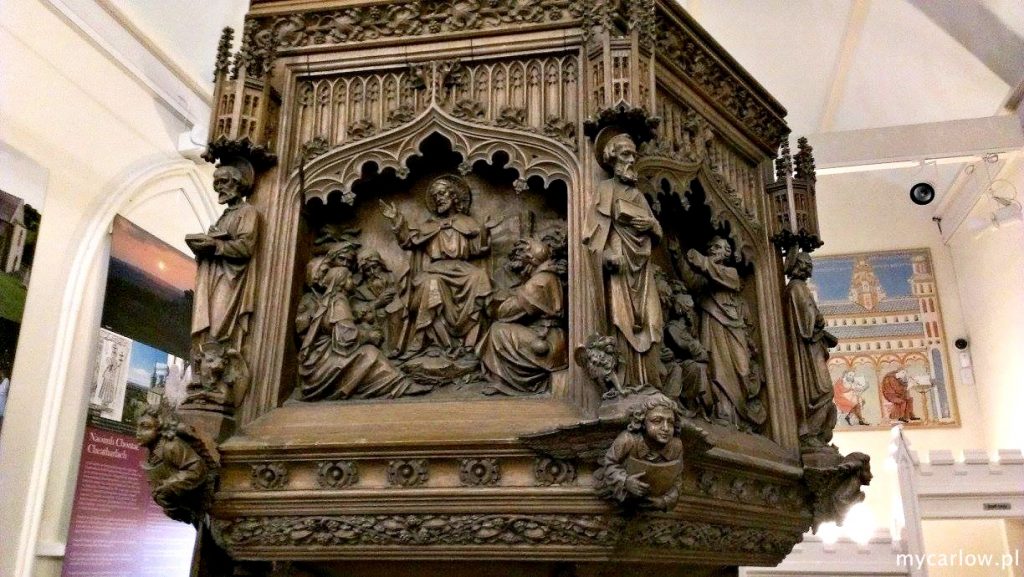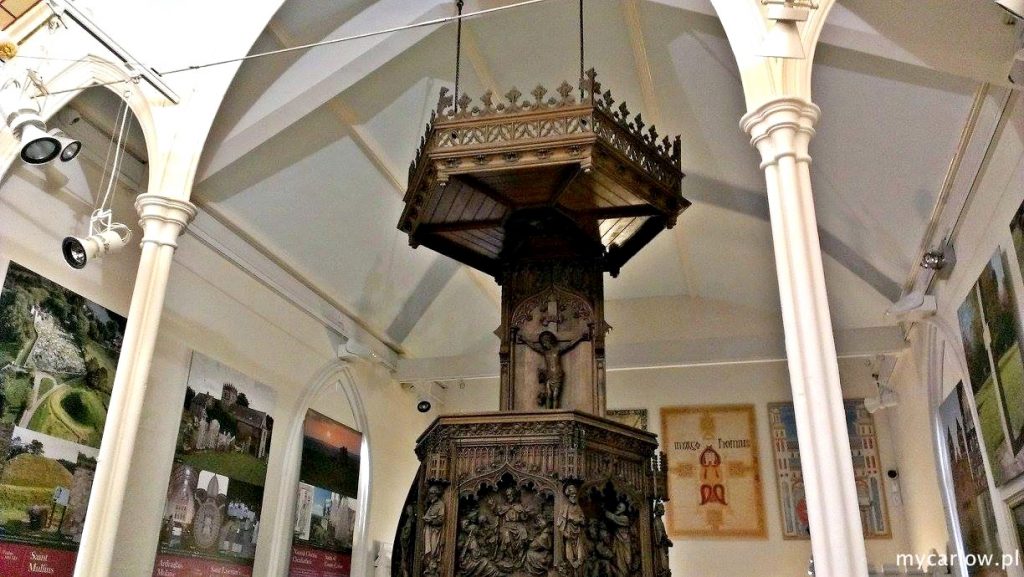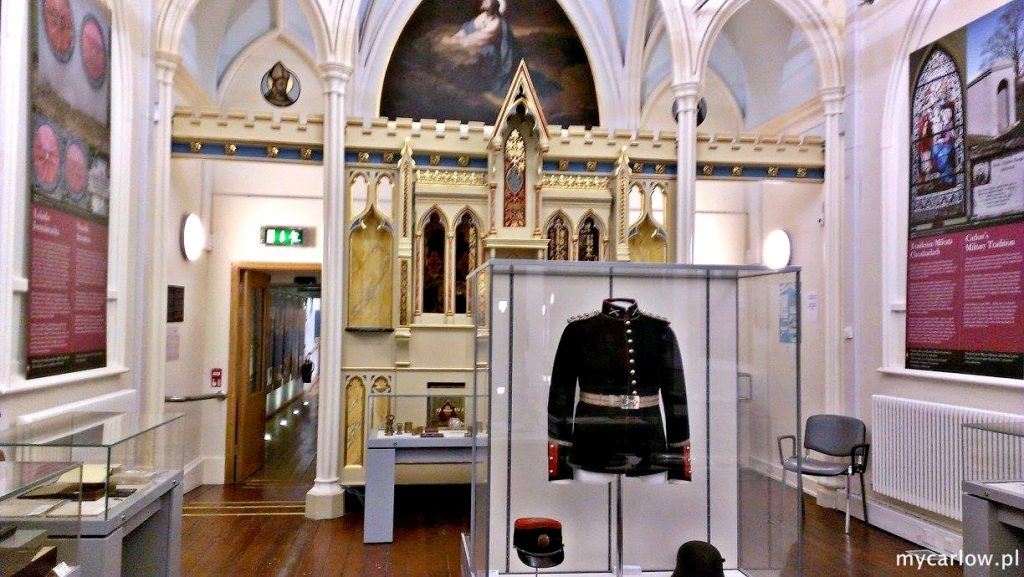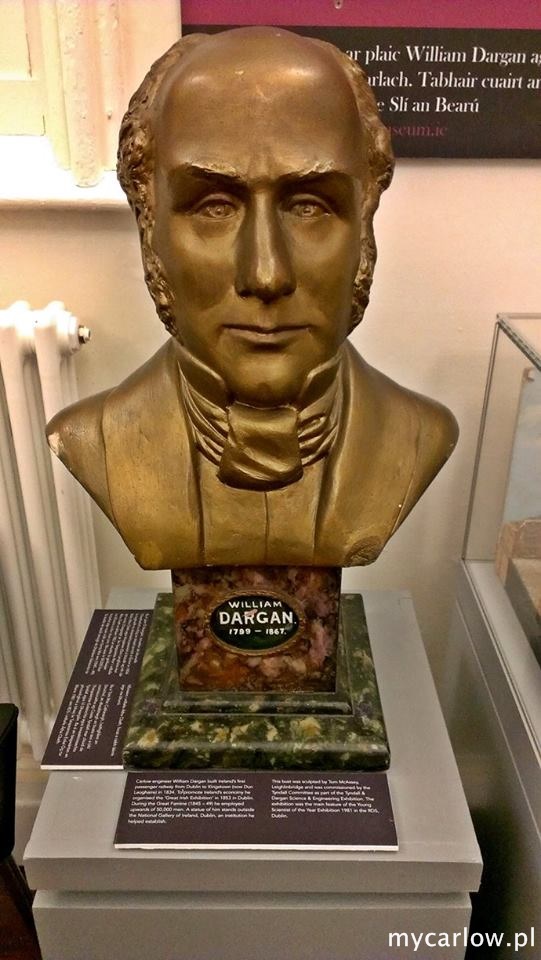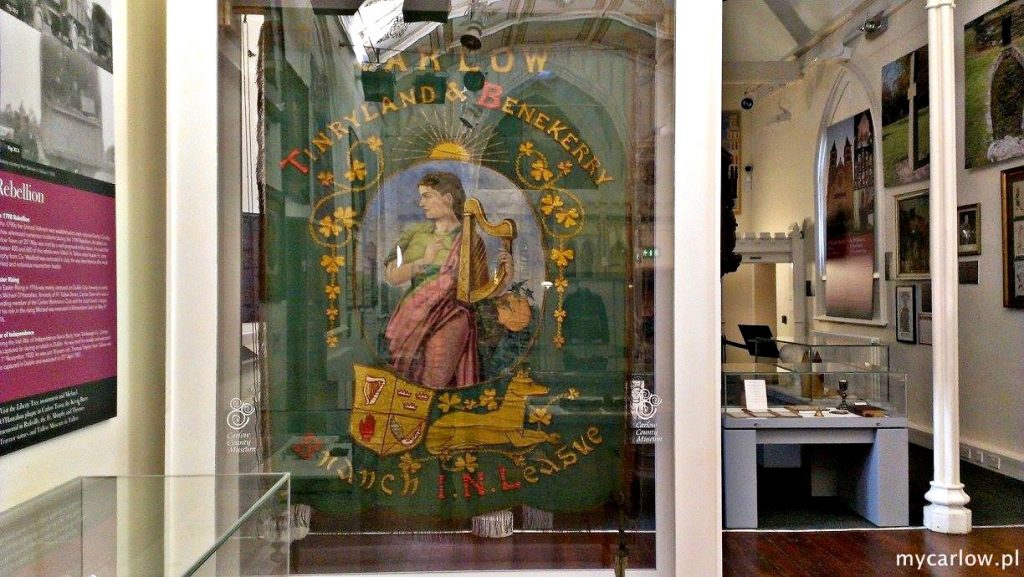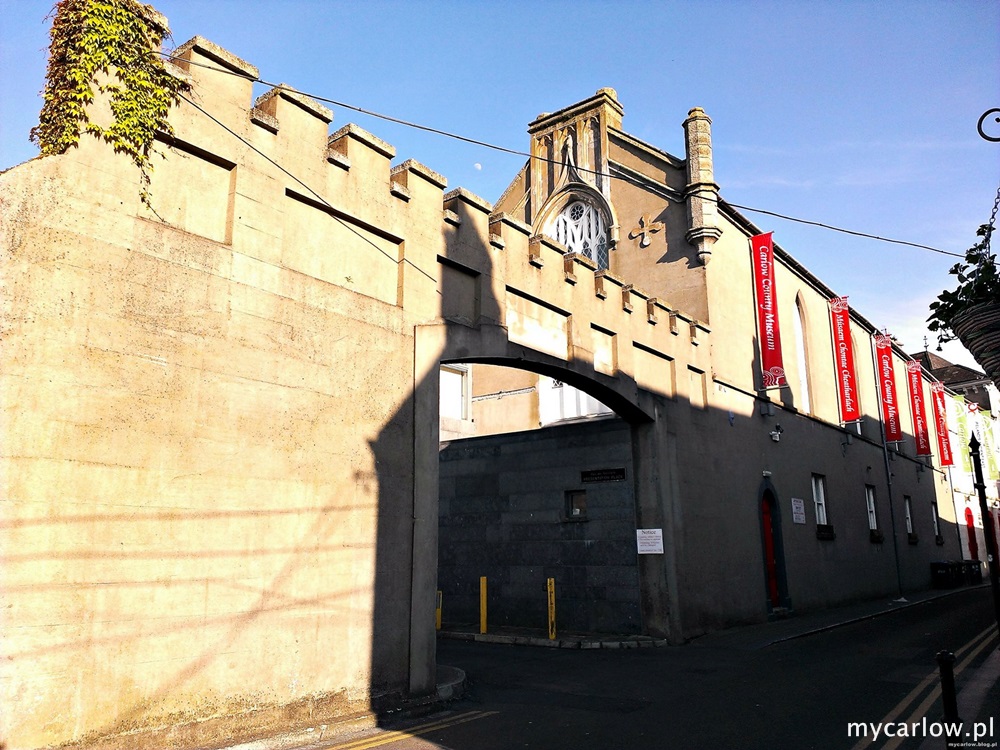
Carlow County Museum is the newest County Museum in Ireland, opened in 2012.
Counties Museums cover 13 objects throughout Ireland. And their role is to collect, store, document, and present the historical and cultural heritage of individual counties.
Carlow County Museum is located in a former monastery in the very center of Carlow Town. This museum was designated by the National Museum of Ireland to collect archaeological findings. So, the museum has four exhibition halls, two larger houses a permanent collection. And two smaller ones are used for temporary exhibitions.
The museum’s ever-growing collections already contain over 5,000 exhibits.
What`s more, these exhibits come from various historical periods. Among them are archeological objects from the Bronze Age. Besides, there are various coins, medals, stamps, religious items, agricultural tools, and craft products. Moreover, sports souvenirs, a large collection of photographs, and archival materials. Many of them have cognitive significance not only of national but also international importance.
The establishment of the new headquarters of the Carlow County Museum is related to the intensive development of the town in recent years. Thanks to this the former Presentation Monastery on College Street has also been restored. The building is ideally located in the town center. Besides, it is part of a complex that houses the Carlow County Library, archives, and the Tourist Office. The vision was to create a central cultural complex in Carlow town that would provide easy access to cultural amenities. The Tourist Office acts as a reception for the County Carlow Museum. So, they provide free maps and brochures about Carlow County and other Counties.
In 1811 Sisters Presentation arrived in Carlow. Next, the sisters founded a monastery and school at the intersection of Tullow Street and College Street. Elementary school students were taught here until 1980. The sisters lived in the monastery on Tullow Street until 1989.
Now the building houses the County Carlow Library, Tourist Office, and Museum.
The former monastery has been renovated. Its characteristic elements have been preserved, such as stained glass, gilding at shutters, and statues. In front of the main entrance, there is a large figure of the Blessed Virgin Mary.
The museum has a large collection of objects that tell the story and heritage of Carlow County. The collection has been collected in the last forty years by the inhabitants of the County. Residents collected them to preserve memories. What`s more, to build a sense of the place in which they live for young people. Finally, to gain recognition for the rich heritage of the County among visitors.
Especially recommended among the exhibits is the magnificent nineteenth-century pulpit from the Carlow Cathedral. Which has been placed by the Irish Times in “History of Ireland in 100 sites”. The pulpit is over 20ft tall and is made entirely of oak.
Also on display is the original gallows trapdoor from Carlow Gaol. Besides, the smoking pipe of Captain Myles Keogh, who was killed at the Battle of Little Bighorn in North America. Interesting exhibitions tell the story of the great 19th-century scientist, John Tyndall—the first man to discover the greenhouse effect. A special exhibition including items from Carlow’s Sugar Factory, which operated for almost 80 years.
The Museum has unveiled its newest installation: ‘Carlow 1916 Commemorative Stained Glass Panel by Peadar Lamb’. Which depicts a Carlow narrative on the 1916 Rising. Moreover, featuring some of the key Carlow figures and the role they played in 1916.
The Museum is open all year, and admission to the museum is free.
For more information visit the official website of the Museum: carlowmuseum.com
Location:

